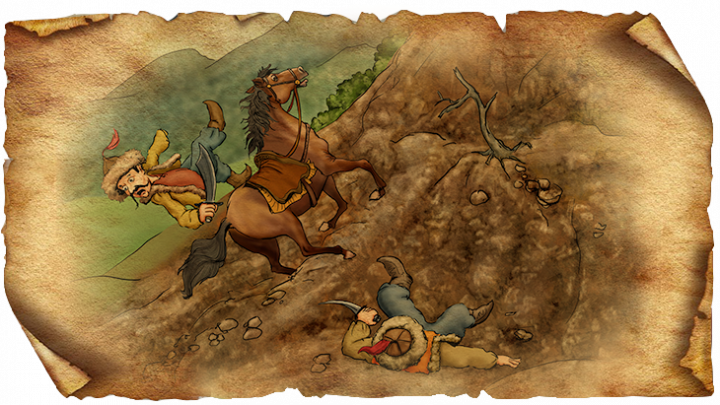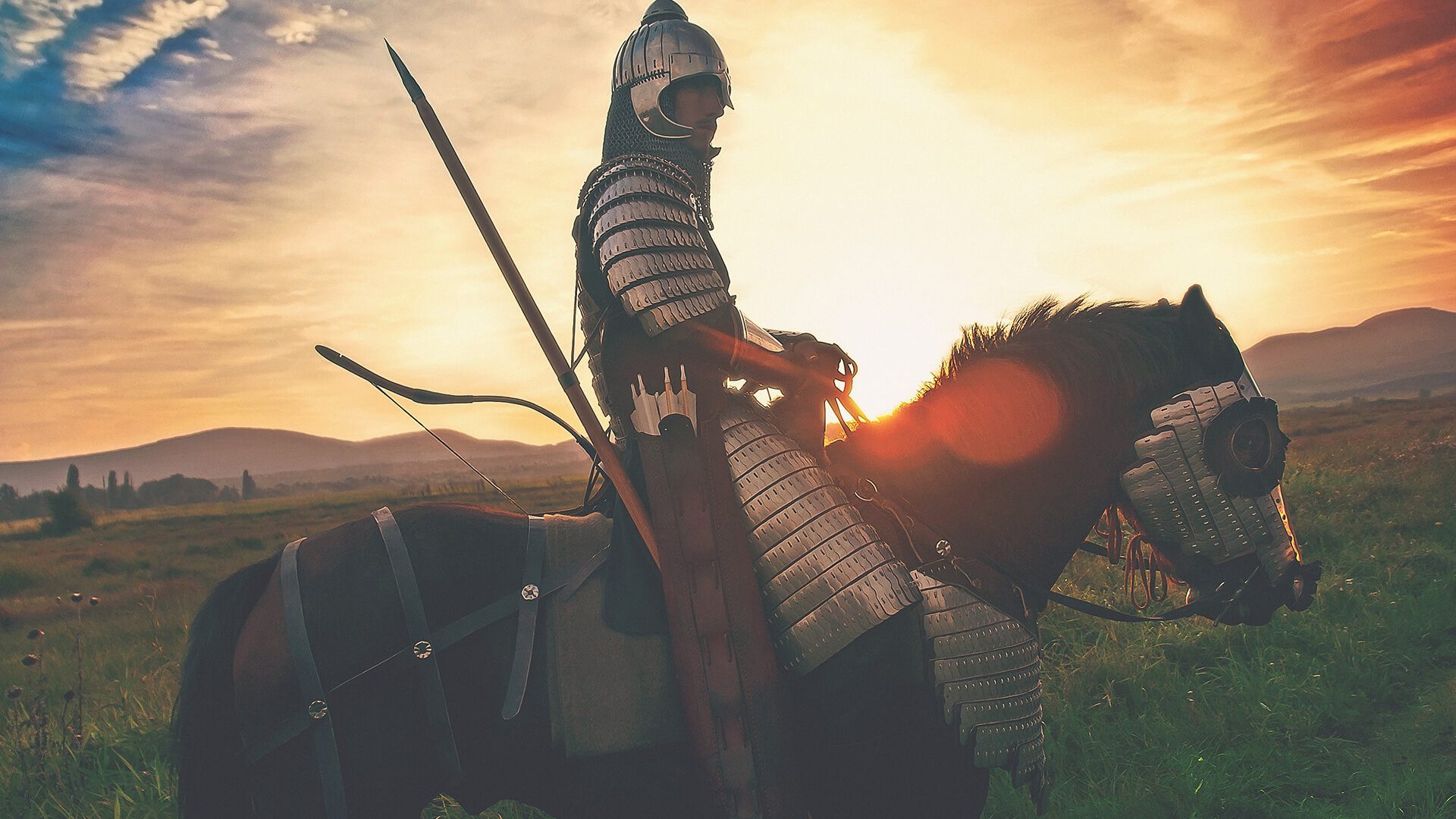Tatar's pass - Vălenii de Mureș

The settlements along the Upper Maros were plundered by the Tatars for centuries, but sometimes they were stopped by the Szeklers who joined their forces. For example, in Disznajó, the folklore believes that it was necessary to escape from the Tatars many times, now and then in the last moments – it happened that a rider brought the news that foreign troops were already in the neighboring settlement Idecs / Ideciu.
Around 1420, near the settlement was built a castle, the remains of which can still be seen today. In spite of the strong walls of Maros, built with hot lime, the Tatars conquered it, and according to the folk myth, only the mistress of the castle remained as messenger who, hiding in the chimney, escaped from the enemy. The men neighboring Magyaró / Aluniș hurried to help the people in Disznajó. They managed to make the Tartars flee with a trick: there was a woody hillside nearby, the attackers chased the Szeklers, but on the zigzag, steep hillside, using the martial art of the ancient Hungarians, they turned against the Tatars and made them retreat. The Tatars, without knowing the field, fled until they reached the neighboring steep slope. The people from Magyaró let them flee, and the steep hillside near Disznajó was named Tatárhágó / Tatar pass in memory of the event.
The region of Upper Maros is mostly covered by forests. This part of the Maros shore was once a royal castle estate, the center of which was the nearby Mures. The local forests in the Middle Ages were rich in wildlife - as they are today, they were an important hunting ground. Disznajó and its surroundings changed owners several times over the centuries, but fortunately several areas remained untouched: large forests, pastures, glades are wonderful hiking tours to this day, being popular destinations for group trips.
There are few good quality lands near the village. In the settlement, animal husbandry became more common, because oak forests, pastures, glades, forests and mountain streams with clear water made this possible. The other main source of livelihood was, of course, forestry: the rafting on Maros has a long tradition, which dates back to the 19th century.
The name of the village is believed to be of Bulgarian origin, the word "ná desznájá beregá", that is to say, on the right bank, even though the locals tell a Hungarian story: a person once suggested that the village should have a distinguished, ornate name, and the others they answered "well." The settlement is abundant in speaking names: for example, the Togát Street originates from the fact that the Patócsy family built a fish pond or dam for the regulation of the lake water supply. Another interesting feature of the village is Sóskút: the salt supply caused difficulties for the locals, so the water was transported from the salt water well at the boundary of the settlement – it was used for porridge cooking and cabbage storing.
Medieval fresco fragments can be seen on the walls of the Reformed Church in Disznajó, which was expanded and rebuilt in 1888, and they were probably made in the 14th century. There was also a tombstone from 1586 - from the times when the Tatars invaded small settlements like Disznajó.
Today, during a forest hike, we no longer encounter fleeing Tatars or the grey-dressed mistress of the castle, but the great number of tourists being interested in the region. Instead of sword fighting, the hillside is full of cheerful birds, a place of the Szekler victory long ago.
Around 1420, near the settlement was built a castle, the remains of which can still be seen today. In spite of the strong walls of Maros, built with hot lime, the Tatars conquered it, and according to the folk myth, only the mistress of the castle remained as messenger who, hiding in the chimney, escaped from the enemy. The men neighboring Magyaró / Aluniș hurried to help the people in Disznajó. They managed to make the Tartars flee with a trick: there was a woody hillside nearby, the attackers chased the Szeklers, but on the zigzag, steep hillside, using the martial art of the ancient Hungarians, they turned against the Tatars and made them retreat. The Tatars, without knowing the field, fled until they reached the neighboring steep slope. The people from Magyaró let them flee, and the steep hillside near Disznajó was named Tatárhágó / Tatar pass in memory of the event.
The region of Upper Maros is mostly covered by forests. This part of the Maros shore was once a royal castle estate, the center of which was the nearby Mures. The local forests in the Middle Ages were rich in wildlife - as they are today, they were an important hunting ground. Disznajó and its surroundings changed owners several times over the centuries, but fortunately several areas remained untouched: large forests, pastures, glades are wonderful hiking tours to this day, being popular destinations for group trips.
There are few good quality lands near the village. In the settlement, animal husbandry became more common, because oak forests, pastures, glades, forests and mountain streams with clear water made this possible. The other main source of livelihood was, of course, forestry: the rafting on Maros has a long tradition, which dates back to the 19th century.
The name of the village is believed to be of Bulgarian origin, the word "ná desznájá beregá", that is to say, on the right bank, even though the locals tell a Hungarian story: a person once suggested that the village should have a distinguished, ornate name, and the others they answered "well." The settlement is abundant in speaking names: for example, the Togát Street originates from the fact that the Patócsy family built a fish pond or dam for the regulation of the lake water supply. Another interesting feature of the village is Sóskút: the salt supply caused difficulties for the locals, so the water was transported from the salt water well at the boundary of the settlement – it was used for porridge cooking and cabbage storing.
Medieval fresco fragments can be seen on the walls of the Reformed Church in Disznajó, which was expanded and rebuilt in 1888, and they were probably made in the 14th century. There was also a tombstone from 1586 - from the times when the Tatars invaded small settlements like Disznajó.
Today, during a forest hike, we no longer encounter fleeing Tatars or the grey-dressed mistress of the castle, but the great number of tourists being interested in the region. Instead of sword fighting, the hillside is full of cheerful birds, a place of the Szekler victory long ago.
